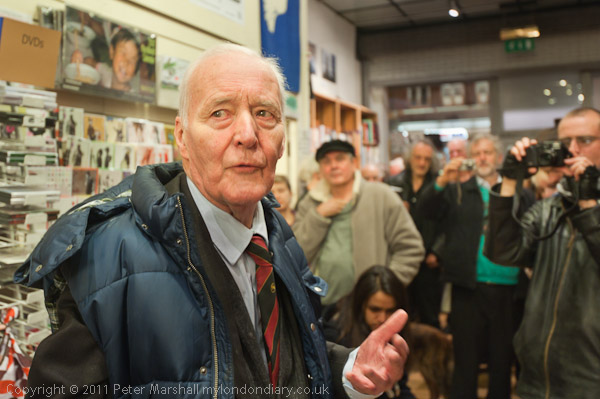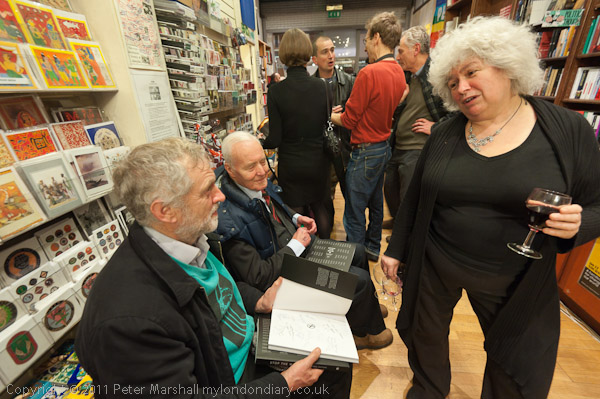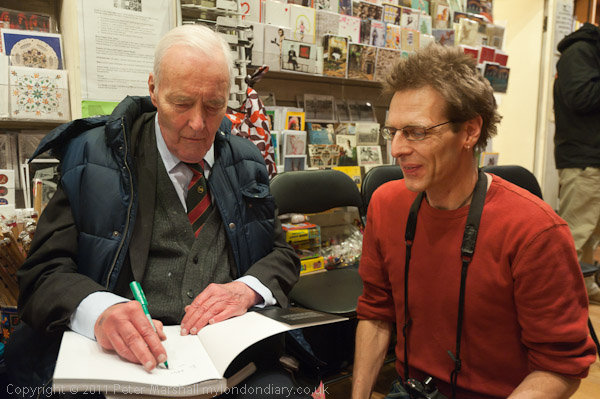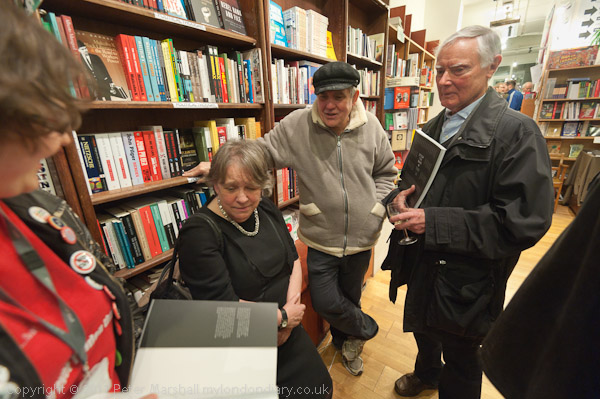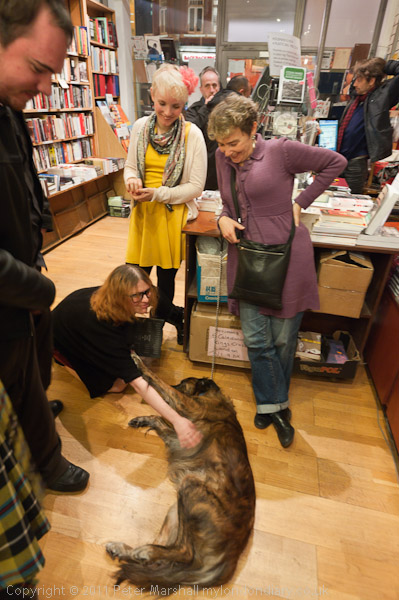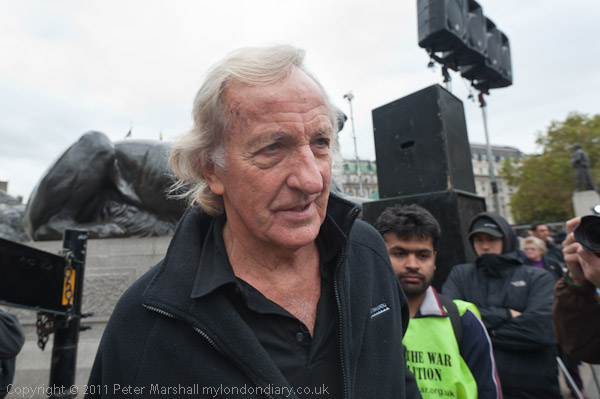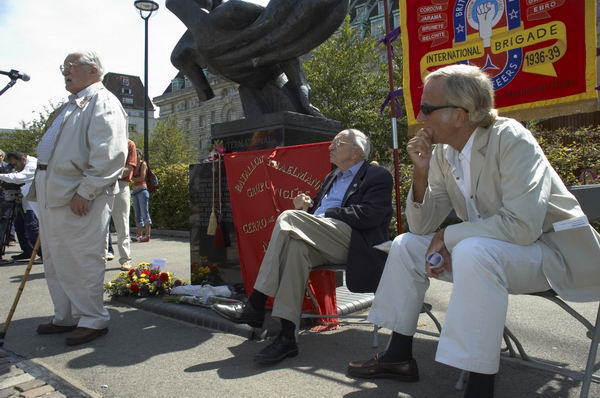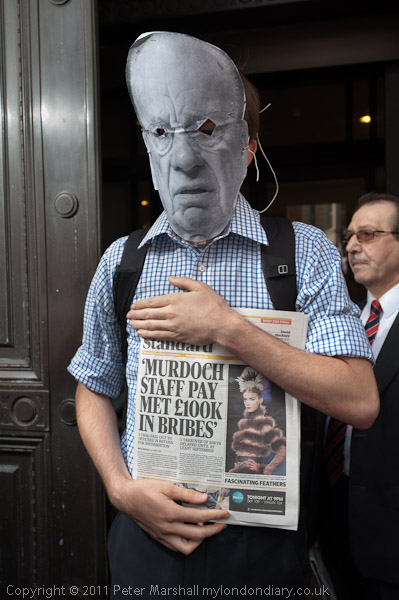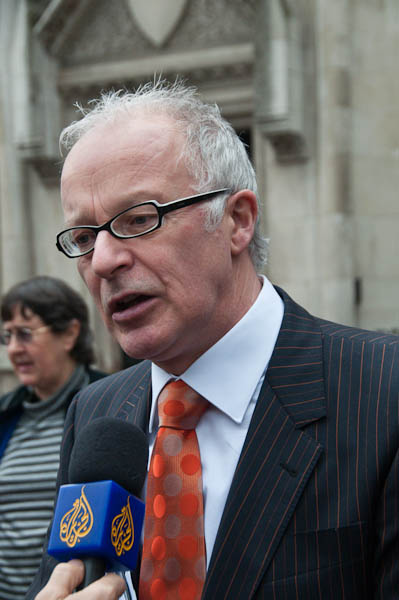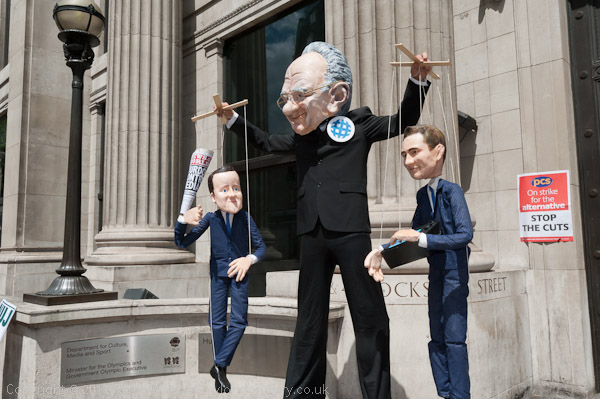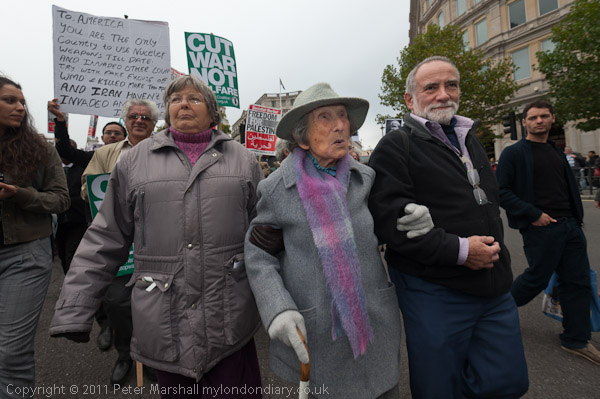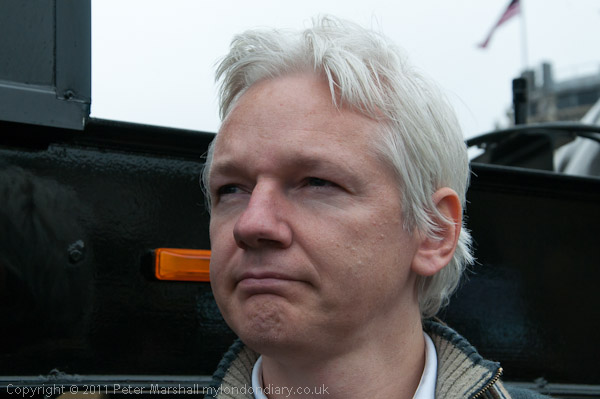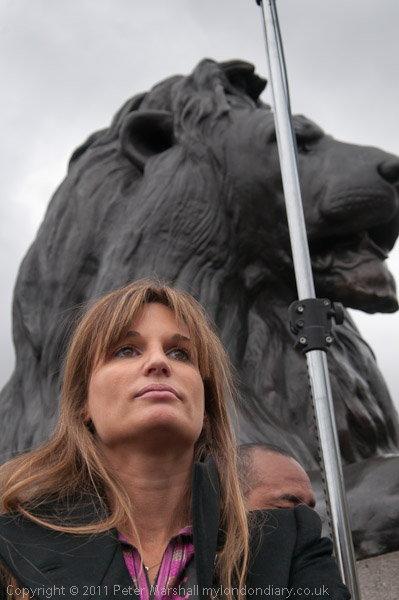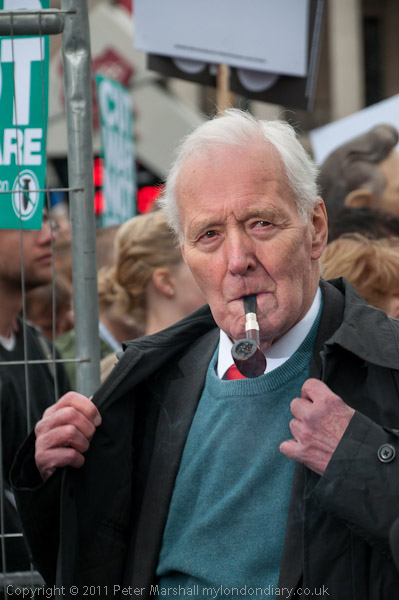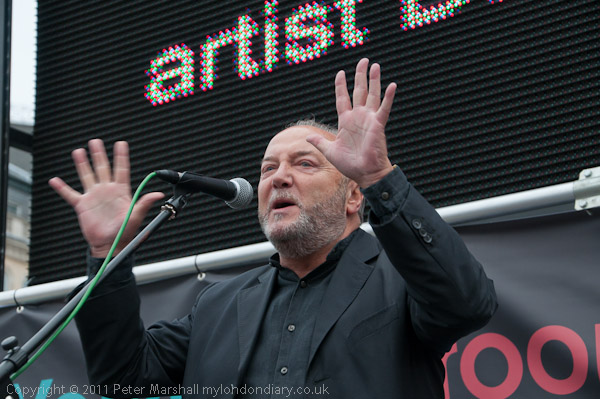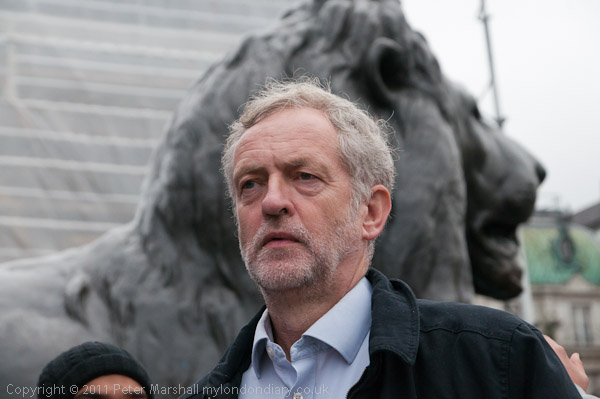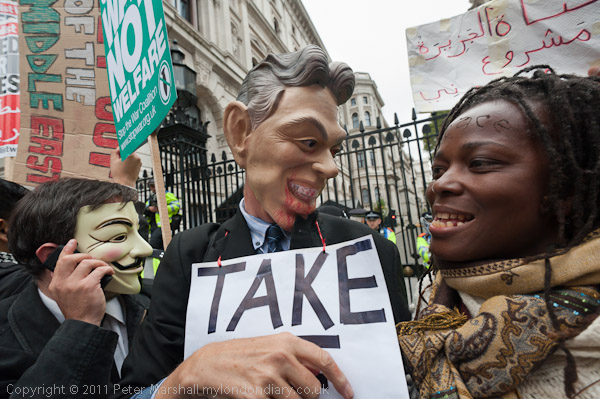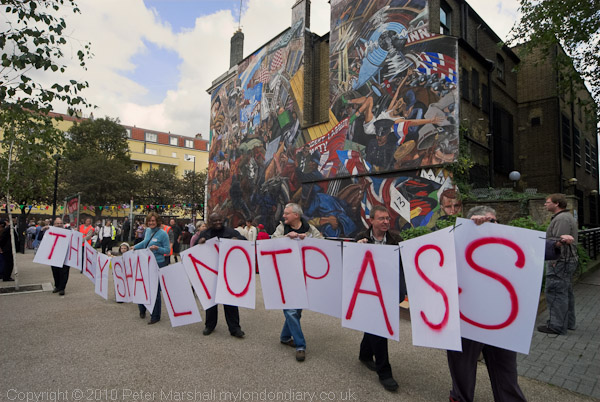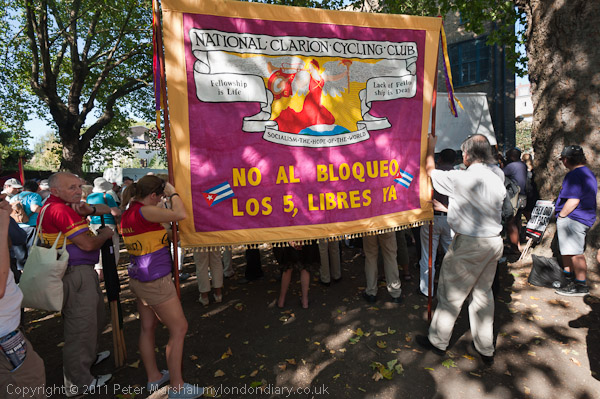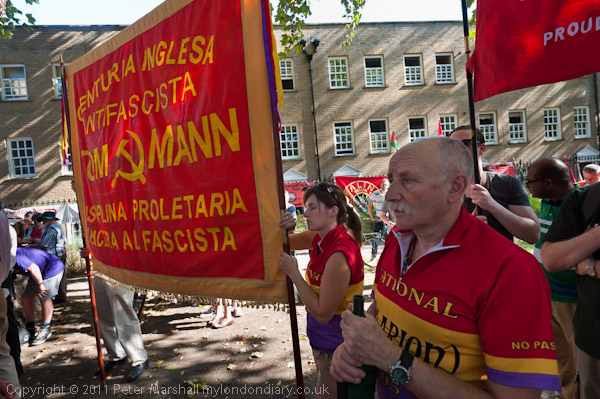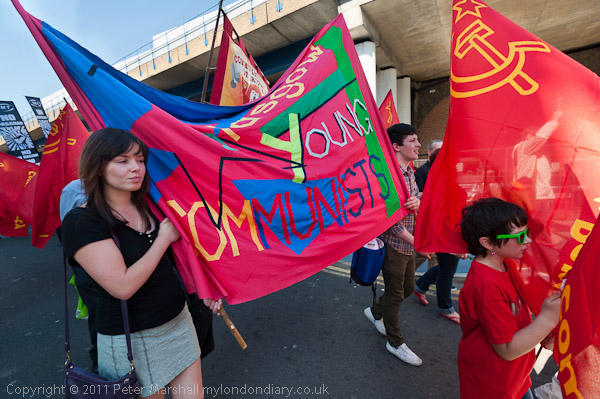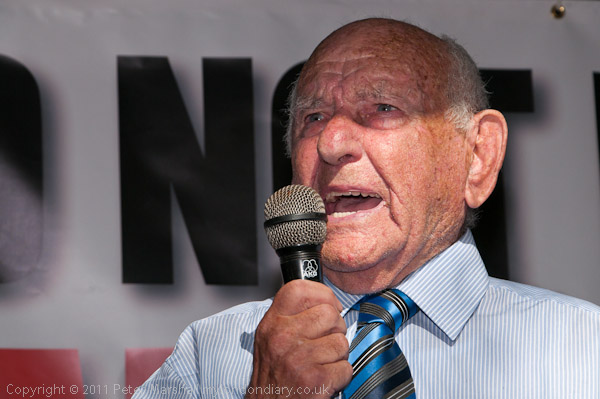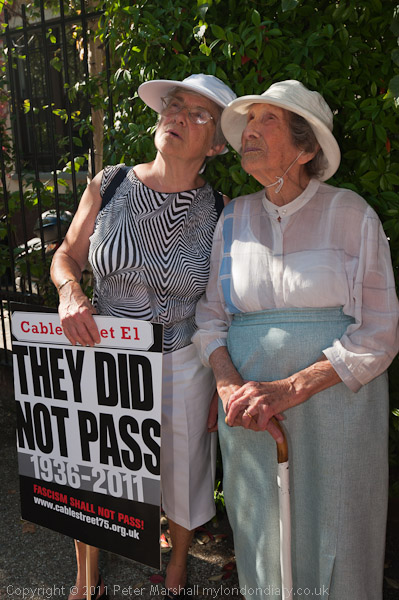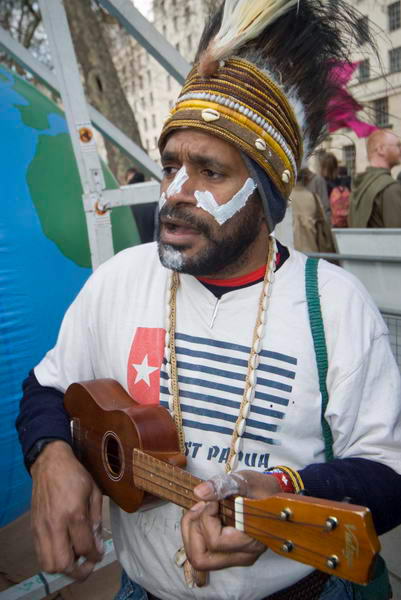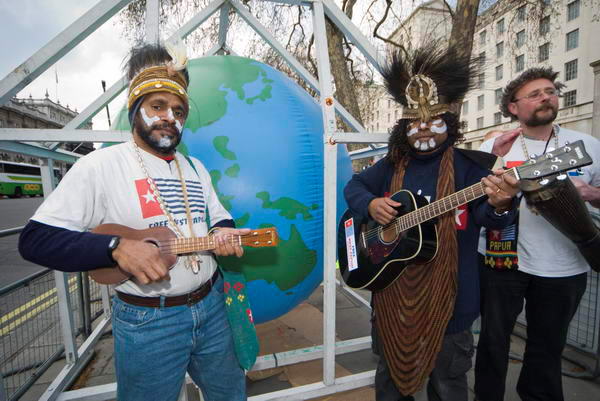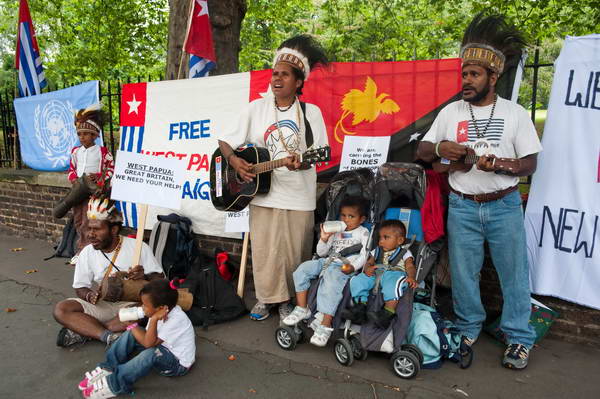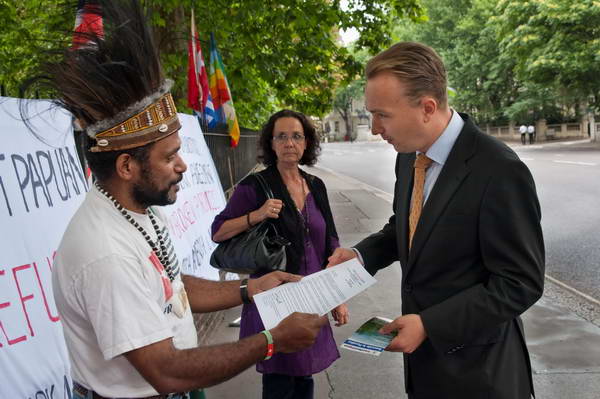Yesterday evening’s Photo-forum, a monthly meeting “for working photographers across the spectrum to bring images, ideas, photo stories, approaches and work in progress for supportive debate and criticism” was a very special event, although not as well attended as most.
Of course we are coming up to Christmas, and there are many parties and other Christmas events taking place – there seem to be even more than usual this year, perhaps in some kind of reaction against the financial austerity. The weather wasn’t too great either, though London was nothing like Scotland, where people were being advised to stay home. Perhaps if I hadn’t have been coming up to London for a meeting earlier in the day and hadn’t known who was speaking I might have stayed home. There certainly was a powerful wind, and as I walked past the Occupy London camp at St Paul’s in mid-afternoon some tents were getting blown away and people were struggling to keep some of the structures up. And term had probably ended for some of the students who boost the audience whenever well-known speakers appear.
The format of Photo-forum is a simple one, with two photographers showing their work on the screen and talking about it, one before the interval and one after, often with some interesting questions and debate. It’s also a great opportunity to meet and talk with other photographers, both before the meeting, in the interval and especially afterwards in the pub, where we eat the free food paid for by a raffle drawn at the end of the evening for prints of the speakers’ work.
I’ve long been aware of the work of Michelle Sank, and have written about it here and elsewhere on several occasions, but it was good both to see a wider range of her work, as well as to hear her talking about it and her passion for photography. She also has a very fine web site, which again I’ve mentioned before, on which you can seem almost all of the work she showed last night, and which shows her various projects in depth. The site is a model of simplicity, clean, elegant and generous in making her work available.
Her practice is perhaps rather different from most of those in the audience, with art institution and gallery commissions enabling her to pursue what remain her very personal projects, but its social documentary aspect certainly makes it far more accessible and worthwhile to most working photographers than some things that appear on photography gallery walls, and I think those who had come to the event with little if any knowledge of her work were very impressed by it.
When I first saw her work around ten years ago, it stood out from what at the time was a host of new portraiture often with similar subject matter, including some by already well-known and much touted art-world photographers, because of the strong empathy between the photographer and the subjects. Clearly these were social documents as well as portraits and were made with a concern for the wider issues involved, and this was something that came out clearly in her comments as she showed the work.
Mary Turner‘s pictures often appear in ‘The Times’, but what she showed at Photo-forum was clearly something in which she had a strong personal involvement and interest. Unlike the typical news photographer (and many of our best press photographers are unlike the typical news photographer) she did not ‘jet in’ to Dale Farm for the highlights, but worked with the people living there from 2009 on, and is still following them now.
Although I only visited Dale Farm briefly on one occasion (and was very aware that I was not covering the story there in any depth), Turner’s pictures of the travellers in their vans reminded me very much of my earlier experiences, before I started taking pictures, of working as a student to defend travellers in Manchester against evictions and harassment by the local council.
Turner got to know some of the travellers extremely well, so that she and her camera became accepted as a part of their normal life, and her pictures display a great intimacy, as well as the lack of illusions about their lifestyle which she also made apparent in her sometimes laconic commentary. Her mainly wide-angle views of them both inside the trailers and outside on the site appealed strongly to me.
As well as the roughly 60 pictures from 2009-2011 which include some from weddings and other events off-site, she was also there for the ‘Last Days at Dale Farm’ shown in another set of images, where again her relationships with the travellers and the access that this gave her to their private lives makes her work stand out from that of other photographers, particularly in showing the reactions of the travellers to the eviction.
Like the others present on the morning of the invasion by riot police, she too has a picture of ‘Minty Challis, an activist and supporter of the Travellers protests against their eviction, October 19th 2011‘ holding up a crucifix in front the the blazing wreckage, and it is one of the better images from this ‘photocall’ for showing more of the scene, although probably much of the tighter cropping in the other images published was made by editors rather than photographers. But it was the next picture in the sequence, a darkened silhouette of people on a roof looking down towards the fire, the sun breaking through under dark cloud and a menacing row of gateposts at the left, like robots advancing inexorably on the site that I found more dramatic.
Turner’s pictures are a fine record of a way of life, and also of the destruction and the lawlessness of Basildon Council, bailiffs and police, ignoring the legal niceties and protections laid down by the courts in carrying out this eviction at huge public expense. They also make clear the nature of the site, laying bare any of the arguments that the long campaign made any sense in terms of planning law.
Although media interest largely disappeared after the dramatic events of October 19, the story is not yet over, and Turner is continuing to visit the travellers and record what is going on, and there are likely to be further developments after Christmas. Perhaps at some point a determined investigative reporter (unless Leveson outlaws them) may uncover the true back-story behind what seems to be Basildon Council’s determined long-term racist vendetta against Dale Farm which would provide an ideal text to accompany a book of these pictures.
If you are a working photographer based around London and don’t know about Photo-Forum it really is worth finding out more – and you can eamil the address on the web site to be put on the mailing list to be sent a couple of emails every month reminding you of the meetings, which take place on the second Thursday of each month in Jacobs Pro Lounge in New Oxford St.
My only regret about the evening was that I wasn’t one of the winners of the raffle.








